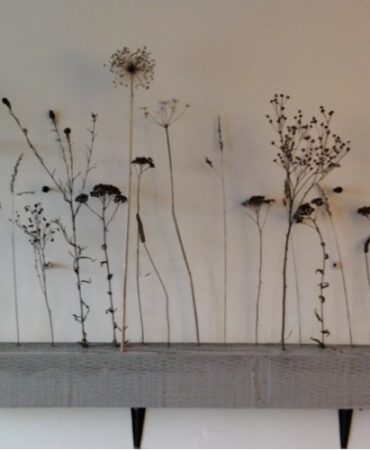Currently Empty: £0.00
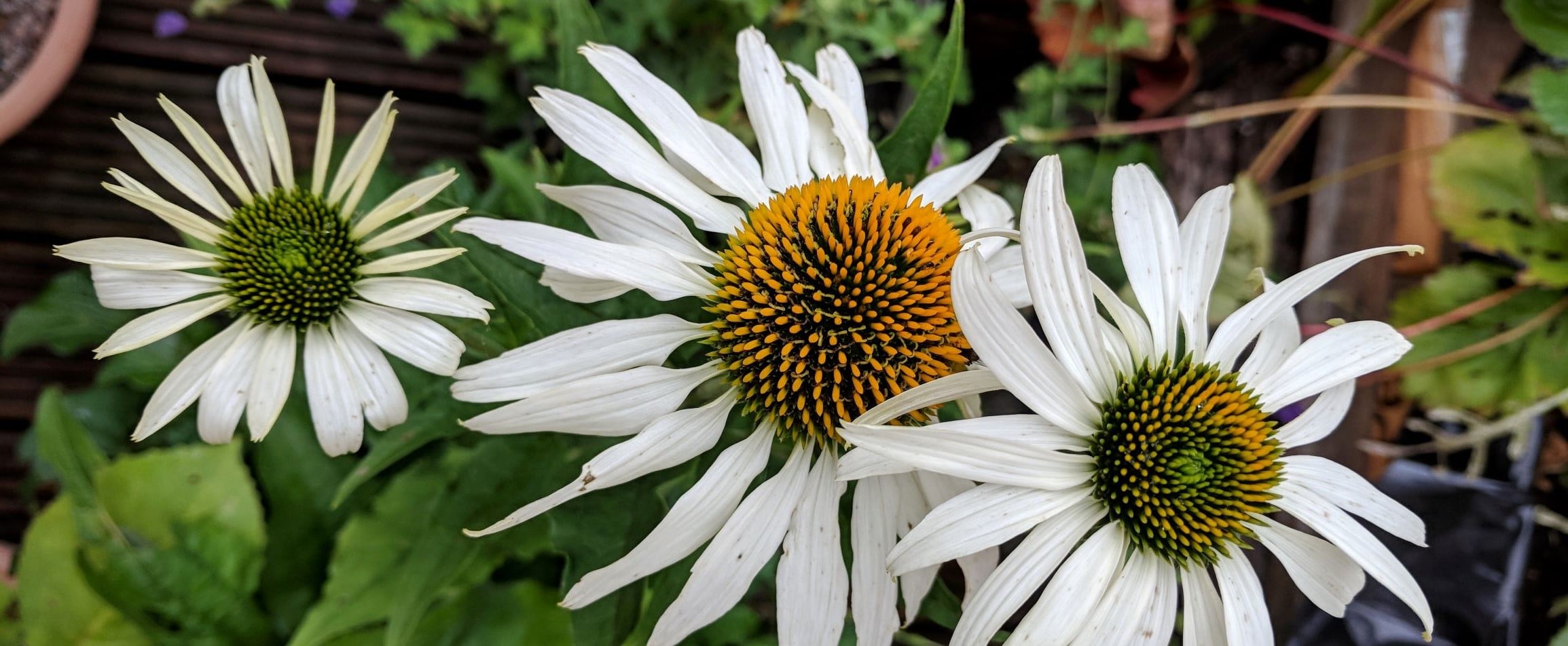
Herbs for wildlife in a potted garden
Written by Herb Society Member – Natalie Reynolds
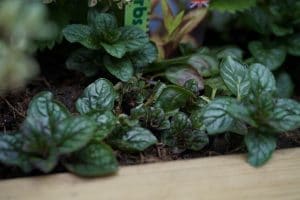 Like many other people from my generation, I rent the property I live in. Consequently, I cannot make permanent alterations to the house or the garden. How do I garden, then, if I cannot dig up the lawn? Pots.
Like many other people from my generation, I rent the property I live in. Consequently, I cannot make permanent alterations to the house or the garden. How do I garden, then, if I cannot dig up the lawn? Pots.
If it comes down to choosing between a house with a lawn or a house with decking or concrete I will choose the latter, because I can fill the patio with pots of flowers, veg and herbs.
 I spent 2018 incorporating plants that are beneficial to wildlife, resulting in visiting bees, bumblebees, hoverflies, caterpillars, butterflies, moths and wasps. I was thrilled. Every time I heard buzzing while I was gardening I would down tools and relish the fact that the bees had found my garden. Luckily for me, many herbs are also pollinator-friendly.
I spent 2018 incorporating plants that are beneficial to wildlife, resulting in visiting bees, bumblebees, hoverflies, caterpillars, butterflies, moths and wasps. I was thrilled. Every time I heard buzzing while I was gardening I would down tools and relish the fact that the bees had found my garden. Luckily for me, many herbs are also pollinator-friendly.
I have lavender, echinacea, borage, chamomile, santolina, chives, rosemary, valerian, different varieties of mint, sage, thyme, oregano.
I use herbs in my planting scheme and, apart from their culinary properties, I try to find varieties that either have an interesting scent or produce flowers that fit with my colour scheme. For example, I have lemon thyme and orange thyme in the garden. Lemon thyme produces purple flowers, orange thyme produces white flowers; they both trail down the pot, adding to the relaxed, cottage feel I am going for.
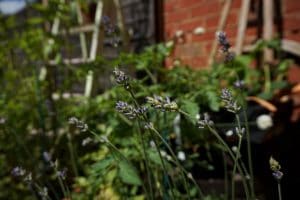
The main advantages of having herbs in pots are twofold; a) I can move them around depending on whether they want full sun or partial shade, and b) I can give them exactly the type of soil they need. If you are an avid gardener, you will know that Mediterranean herbs like soil to be more gritty and free draining, whereas other herbs, such as mint, don’t mind having their feet a little more wet. On the subject of mint, these do need to be in a pot regardless as they will spread.
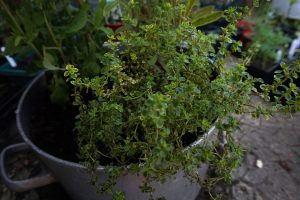
So if you, like me, would like to help out our wildlife, all you have to do is add one more herb here and there which you will allow to flower, then simply sit back and enjoy the diversity that will come to your garden.
All photos taken and provided by Natalie Reynolds

